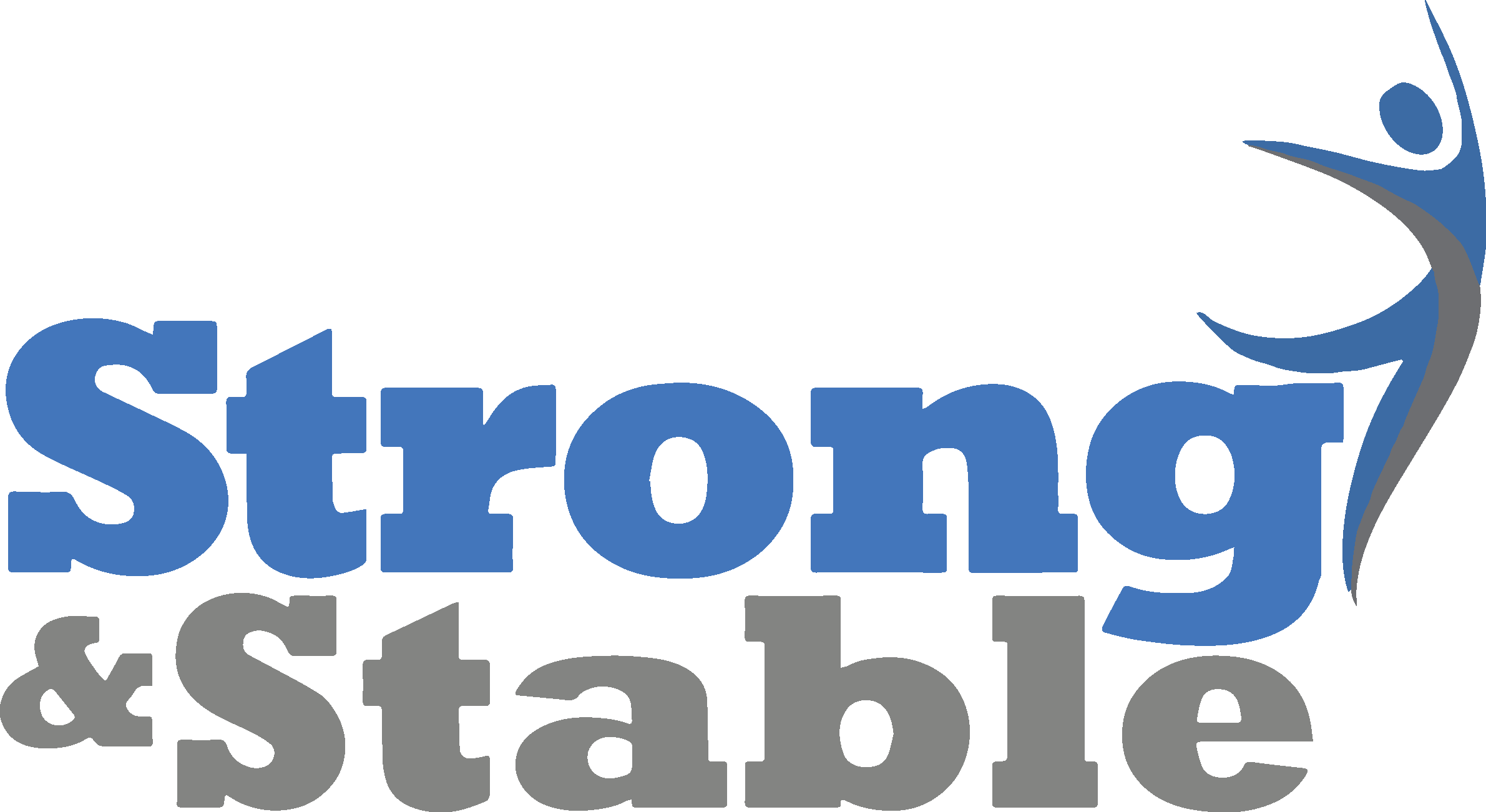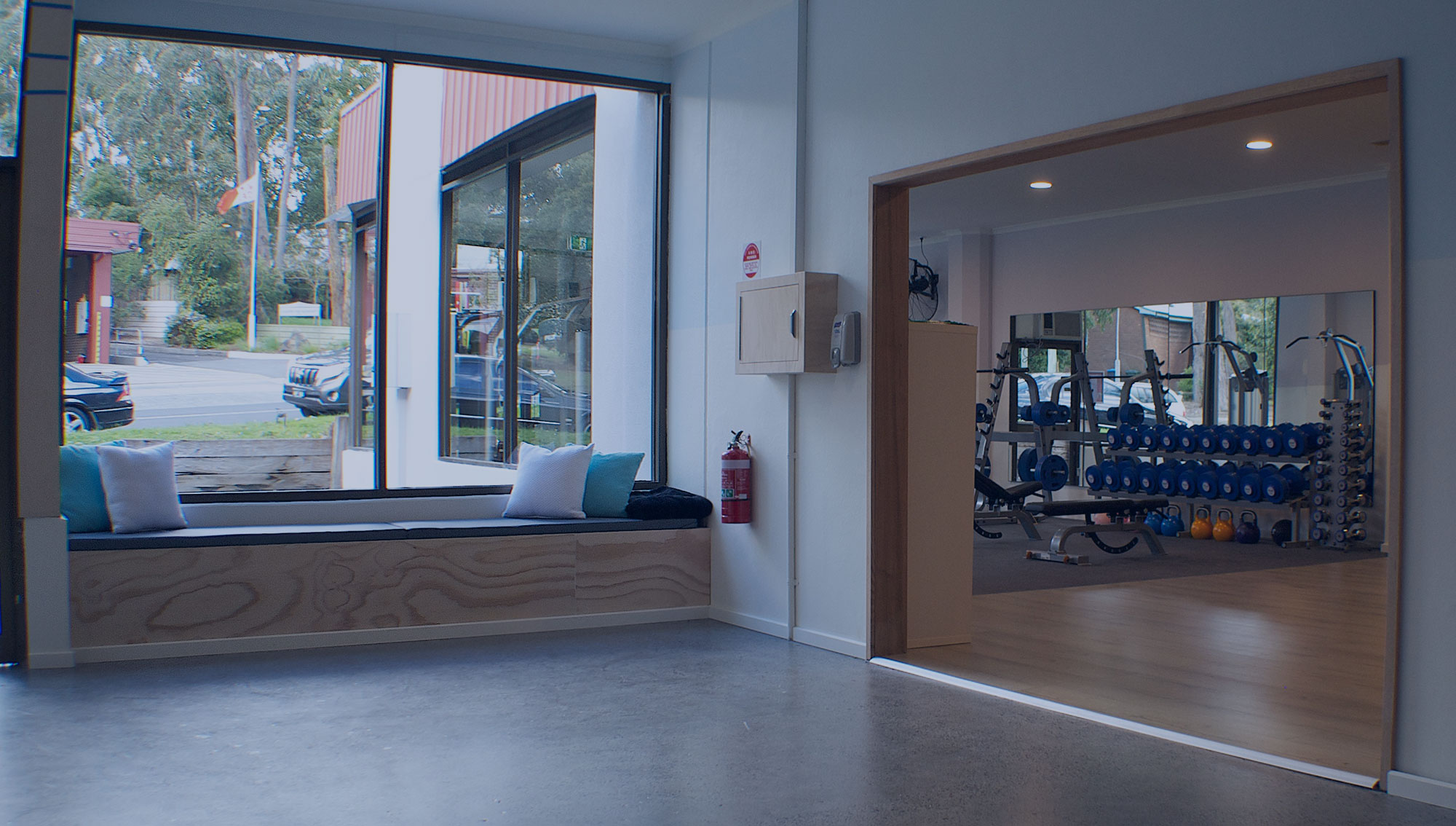14 Mar Strength Training and Running experience
Written by Kelsie Vickery
Running is one of the most popular forms of physical activity, with an estimated 3 million Australians participating in either recreational or competitive running. It is a simple, cost-effective mode of physical activity that can be enjoyed by many and results in significant health benefits.
Benefits of running:
- Improves overall fitness
- Helps with weight loss
- Improves bone density and bone health
- Decreases blood pressure
- Improves cognitive function and decreases Alzheimer’s in later life
- Improves glucose and insulin control for diabetics and lowers risk of developing diabetes
- Improves mental health and self-esteem
- Improves sleep quality
- Increases life expectancy
Honestly, if running was a pill, I think everyone would be taking it.
Strength training is essential so that our muscles and joints can withstand the huge forces being placed on them during running. If there is weakness in the muscular and fascial systems, the body will find a way to compensate so that it can continue running. These compensations can lead to poor running mechanics, poor running efficiency and eventually injury.
There are three general experience levels to define runners: novice, intermediate and experienced. Strength training is important for all three runners, but the number of running sessions, strength sessions and recovery days will vary accordingly. Novice runners are those who are new to the sport (anything under 1-2 years) and have a lot of room for improvement. Intermediate runners have been in the sport for several years and is the category that most runners fall into. Experienced runners are individuals who have been in the sport for a considerable number of years and have or almost have reached their full genetic potential (think elite athletes).
Novice runners should aim for 2 strength sessions and 2-3 running sessions per week. Start slowly, listen to your body, and focus on your recovery (rest, hydration, nutrition, sleep and mobility). After the first 4 weeks of training, consider adding in an additional non-weight bearing cardio session such as cycling, swimming, elliptical or rowing. Over the next few months, you can gradually add in additional running sessions. However, it is imperative that you allow the body adequate recovery between sessions. During exercise (both running and strength training), the body undergoes a considerable amount of stress, resulting in microscopic tears and degradation to the tissues and changes in bone structure. During the recovery process, these microscopic tears in the muscle are repaired, collagen production in tendons increases and bone mineral density increases. Ultimately, these adaptations increase the load that the body can withstand. Without adequate recovery over time, the body is unable to make these adaptations, which can lead to overuse injuries such as stress fractures and tendinopathies.
Therefore, our advice for each category of runner is as follows:
Novice
Runners should always complete training sessions on non-consecutive days (e.g., don’t run two days in a row or complete gym sessions two days in a row). You can alternate between running and strength training each day, or these can be completed on the same day. However, if both strength and running is being performed on the same day, complete your running session prior to your strength session, and allow at least 3-4 hours between the two.
Intermediate
Runners can run on consecutive days but be strategic on the types of running sessions being completed. For example, two high intensity running sessions shouldn’t be completed back-to-back. Instead, think high intensity, shorter duration running followed by a longer duration, lower intensity run the following day. As always, make sure you recover well after each session to maximise the quality of following sessions.
Experienced
Runners tend to run twice per day and usually have one complete rest day per week. This type of training is for advanced runners only, who have gradually built up their tissue tolerance over years and years of training. There will almost always be a qualified coach prescribing their training sessions to reduce risk of injury and maximise performance.
Stay tuned for an upcoming blog post on the best strength exercises to complete for running.
For more assistance with your running programming and strength program please call the studio to book an appointment with Kelsie (AES) 9762 0976.


Sorry, the comment form is closed at this time.